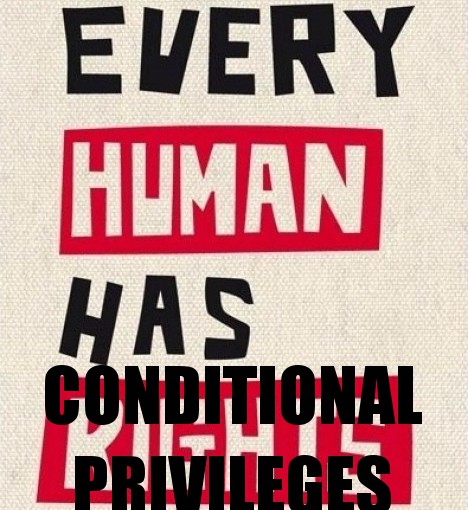 Sean Swain
Sean Swain
Submitted for OSP Writing Contest, Black History Month, 2014
Distinguishing Freedom From Recognized Rights
(500 words or less)
Any discussion of rights must distinguish real freedom—the absence of external regulation—from the concept of “recognized rights” arising as it does from theories of constitutional authority and law. To contrast, real freedom is a condition of existential reality, while “recognized rights” are paper fictions.
To understand real freedom, one must imagine two points at either end of a continuum. The first point, “freedom,” is “the absolute absence of external regulation.” At the opposite end of the continuum is complete external regulation, the absence of freedom. Thus, where freedom exists, there is an absence of external regulation, and vice-versa. The line connecting these two points represents interplay between the two opposing forces, varying degrees of freedom and regulation:
Freedom —————————————-——— Absolute external regulation
(absence of external regulation) (absence of freedom)
Importantly, implicit in this analytical framework, freedom cannot coexist with government, because government’s purpose is to govern. To govern is to regulate, and where regulation exists, as already established, freedom is absent. Thus, governments by their very character are the antithesis of freedom.
To have absolute freedom there must be an absence of regulation. Because no government has ever peacefully accepted eviction, eradicating government requires political violence. So, real freedom can only be achieved through political violence.
This is an incontrovertible, logical conclusion, however one may feel about its implications. Malcolm X, Assata Shakur, and Huey P. Newton all recognized this truth (which is why the U.S. developed COINTELPRO, a covert program to destroy them.)
The idea of “rights,” on the other hand, is government’s contrived and substance-less alternative for real freedom. “Rights” are government’s promises to its subjects, such as the right to free speech (in free speech zones), or to a fair trial (narrowly defined by the government), or to vote (for corrupt sock puppets of corporate machines.) These so called “rights” are virtually meaningless because government reserves the unilateral authority to define rights and to set the limits of those rights. Further, in an asymmetrical power-relationship where government guarantees rights but government owns an Apache attack helicopter, subjects exercise conditional privileges at the whim of government until government no longer tolerates it (as at Kent State and Occupy.)
Exercising conditional privileges under the threat of armed surveillance and control is typically called “slavery.” Thus, those accepting “rights” afforded by a government with an Apache attack helicopter are slaves mesmerized by the illusion of freedom in relative creature comfort, incapable of mounting resistance that real freedom requires.
Real freedom is never given. It is taken. Real freedom is obtained as Malcolm X so famously phrased it, “by any means necessary.” It manifests from the barrel of a gun.

